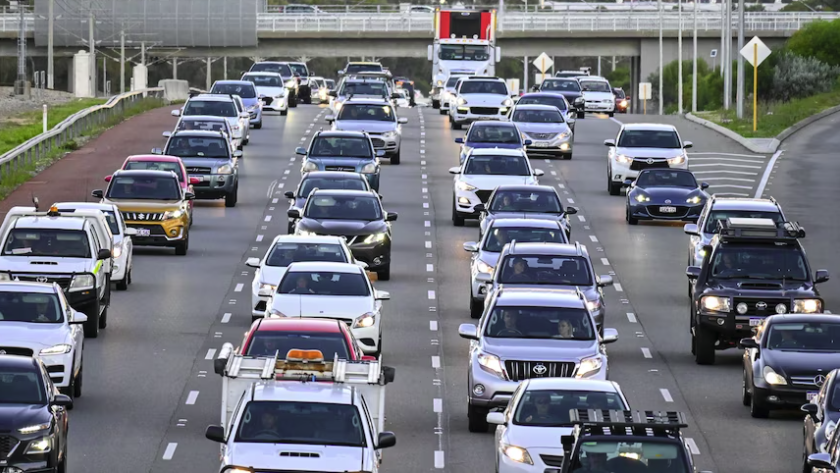The Hungarian presidency of the Council of the European Union has proposed a new definition of combined transport. There is a lot of disagreement about what such a definition should look like, with four countries not wanting to change the existing definition at all. Now, Hungary has come up with a compromise.
The proposed compromise definition introduces a number of conditions, by which combined transport has to abide. It says that non-road transport modalities should cover at least half of the total distance covered by the route as the crow flies.
At the same time, each road section of the route cannot be longer than 150 kilometres save a number of overruling factors, for example, if there is no transshipment terminal within that distance that can transship the goods being transported, or if transshipment at the terminal would lead to a breach of delivery times in the signed contract.
Driving bans where there is an alternative
Moreover, a transport operation between two mainland destinations that uses short-sea shipping does not amount to combined transport if the sea route is included in the list with routes that do not have a commercially viable road-only alternative.
Lastly, member states would be able to implement driving bans for combined transport operations on road segments where a commercially viable non-road alternative is available. It can also introduce bans on limited sections of the national road network during “special periods” and public holidays.
UIRR reacts positively
Akos Ersek, chief policy advisor at the International Union for Combined Rail-Road Transportation (UIRR), tells RailFreight.com that the organisation welcomes the Hungarian proposal.
“We are happy with the attempt and appreciate the effort of the Hungarian presidency”, he says. “Besides some minor remarks, we think it is a workable proposal and endorse its adoption, it is a better alternative than the status quo. To a certain extent, it reflects the UIRR’s position.”
However, it is unclear if the current proposal will be adopted. “The previous blocking minority is not confirmed to have changed their minds”, Ersek explains. A previous proposal was blocked by Germany, France, Austria and the Netherlands.
Many definition proposals circulate
There are a lot of circulating proposed definitions of combined transport. According to Conor Feighan of the European Rail Freight Association, there are two discussions ongoing simultaneously:
“The first discussion is about how we open up and enable more companies to operate combined transport services. The second discussion concerns how we are going to create an easy-to-use and user-friendly system”, Feighan told RailFreight.com in April.
“Some would say that the priority should be on opening up combined transport more, whereas others believe that an easy-to-use system should be the main priority. That is why there are various views on the matter. However, the industry wants an easy-to-use and user-friendly system. If the administrative burden that goes with a combined transport operation becomes too complex, it will not be attractive to anyone considering switching to combined transport”, Feighan said.
